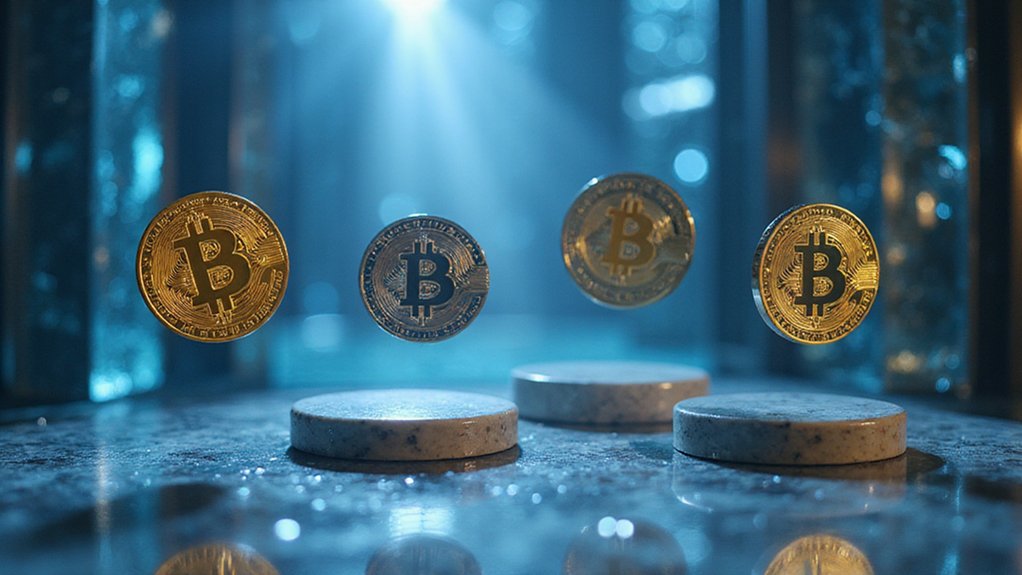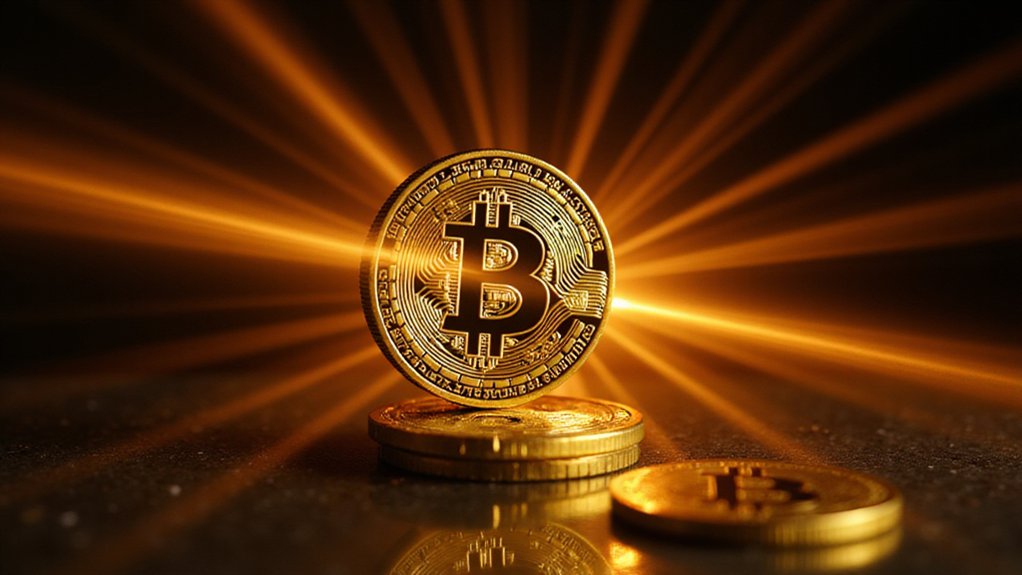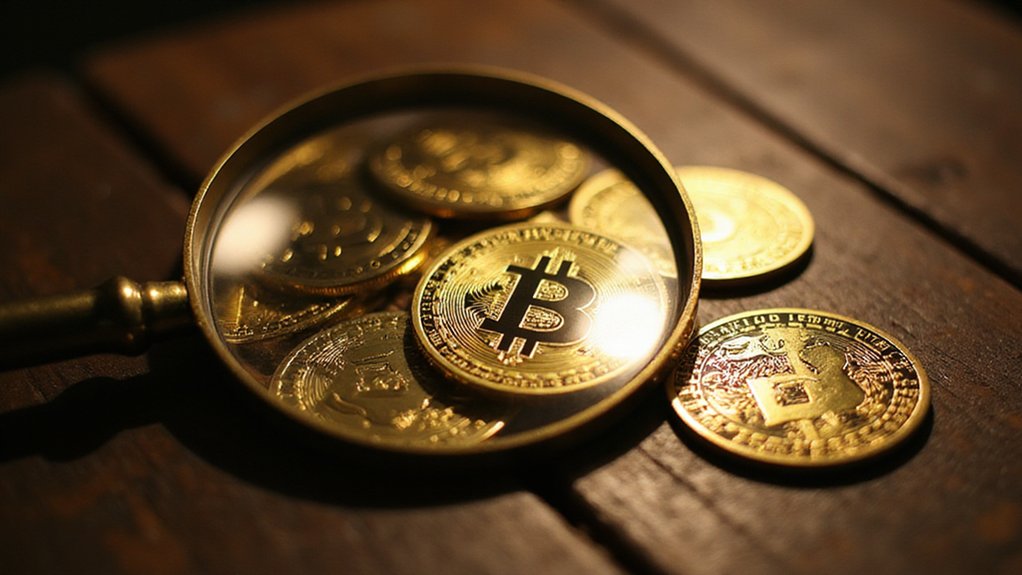While most financial innovations promise to revolutionize everything before quietly fading into regulatory obscurity, tokenization appears to possess the rare combination of technological sophistication and practical utility that might actually justify its considerable hype. The technology’s ability to replace sensitive data with unrelated tokens while maintaining identical length and format creates a compelling foundation for reimagining asset ownership—assuming one can overlook the irony of solving trust issues through trustless systems.
Ethereum, Solana, XRP, and Chainlink represent the infrastructure layer enabling this transformation, each offering distinct advantages for tokenizing real-world assets. Their blockchain platforms support smart contracts that embed programmability directly into digital tokens, creating composable financial instruments that can interact seamlessly with decentralized applications. The result is a consolidated ecosystem where origination, trading, settlement, and safekeeping occur on a single immutable ledger—a prospect that traditional intermediaries likely find less than thrilling.
A consolidated ecosystem where origination, trading, settlement, and safekeeping occur on a single immutable ledger—traditional intermediaries likely find this prospect less than thrilling.
The practical applications span from fractional real estate ownership (finally democratizing commercial property investment beyond the country club set) to tokenized art with provenance tracking that would make auction houses weep. More intriguingly, intellectual property rights can now be digitized into transferable tokens, enabling new revenue streams through programmable royalty distributions. Stablecoins provide price stability for these transactions, while non-fungible tokens ensure unique asset representation where scarcity matters.
The financial implications extend beyond mere digitization. Real-time settlement eliminates the arcane multi-day clearing processes that somehow still plague modern capital markets, while fractional ownership transforms traditionally illiquid assets into liquid investment opportunities. Corporate bonds and commodities gain enhanced accessibility, broadening participation in asset classes previously reserved for institutional investors with appropriate minimum thresholds. Unlike traditional financial networks, tokens can only be issued and transferred on one type of blockchain, creating network-specific ecosystems that enhance security but limit cross-platform interoperability. These tokenized systems eliminate traditional banks and brokers by operating through blockchain-based smart contracts that facilitate financial services without institutional approval.
Perhaps most compelling is tokenization’s transparency advantage—blockchain’s immutable nature ensures ownership records cannot be altered by any authority, creating an audit trail that would satisfy even the most paranoid compliance officer. This tamper resistance, combined with reduced transaction costs and elimination of redundant intermediaries, suggests tokenization might actually deliver on its transformative promises. The tokenization market is projected to reach $10 trillion by 2030, indicating significant growth opportunities across various industries.
Whether these platforms can scale effectively while maintaining decentralization remains the trillion-dollar question that will determine whether this innovation joins the revolutionary pantheon or the regulatory graveyard.









